Patola Sarees on the Global Runway: How International Fashion Shows Are Embracing This Timeless Art
Fashion is a universal language that transcends borders and cultures. Among the myriad of fashion trends that make their way to international runways, Patola sarees have carved a unique niche. These exquisite handwoven sarees from Gujarat, India, are now gaining global recognition. This blog explores the presence of Patola sarees in international fashion weeks, their collaborations with global designers, and the impact of this international exposure on the Patola weaving tradition.
The Rich Heritage of Patola Sarees
Patola sarees, originating from the Patan region in Gujarat, are renowned for their intricate designs and vibrant colors. Each saree is a masterpiece, created using a complex double ikat weaving technique. This art form, passed down through generations, involves dyeing both the warp and weft threads before weaving them into a single textile, resulting in patterns that are perfectly aligned on both sides of the fabric.
Patola Sarees on the Global Stage
International Fashion Weeks
International fashion weeks, including those in New York, Paris, Milan, and London, are platforms where designers showcase their latest creations to a global audience. In recent years, Patola sarees have made appearances in these prestigious events, captivating fashion enthusiasts and critics alike.
-
New York Fashion Week: Renowned Indian designers like Manish Malhotra and Sabyasachi Mukherjee have introduced Patola sarees to New York Fashion Week. Their collections, which blend traditional Indian textiles with contemporary designs, have garnered widespread acclaim. The intricate patterns and rich colors of Patola sarees have been praised for their uniqueness and cultural significance.
-
Paris Fashion Week: The elegance and sophistication of Patola sarees have found a place in Paris Fashion Week as well. French designers, inspired by the intricate weaving techniques, have collaborated with Indian artisans to create fusion ensembles that highlight the beauty of Patola fabrics. These collaborations have resulted in stunning runway presentations that celebrate cross-cultural creativity.
-
Milan and London Fashion Weeks: Milan and London have also witnessed the allure of Patola sarees. Designers have showcased these sarees in innovative ways, incorporating them into modern silhouettes and contemporary styles. The response has been overwhelmingly positive, with fashion critics and audiences appreciating the blend of tradition and modernity.
Collaborations with Global Designers
The international exposure of Patola sarees has led to exciting collaborations between Indian weavers and global designers. These partnerships have not only brought Patola weaving to the forefront but have also paved the way for new design innovations.
-
Anamika Khanna and Valentino: Anamika Khanna, a prominent Indian designer, collaborated with Valentino to create a collection that featured Patola-inspired prints and patterns. This collaboration showcased the versatility of Patola textiles, blending them seamlessly with high fashion aesthetics.
-
Gaurav Gupta and Versace: Gaurav Gupta's collaboration with Versace was another significant milestone for Patola sarees. The fusion of Gupta's avant-garde designs with Versace's luxurious appeal resulted in a collection that redefined modern fashion. Patola motifs were intricately woven into the fabric, creating a visual spectacle on the runway.
-
Tarun Tahiliani and Chanel: Tarun Tahiliani's partnership with Chanel brought Patola sarees to the attention of a global audience. The collection featured sarees with intricate Patola borders and pallus, paired with contemporary blouses and accessories. This fusion of traditional and modern elements resonated with fashion enthusiasts worldwide.
The Impact of International Exposure on Patola Weaving
Revival of Traditional Craftsmanship
The global recognition of Patola sarees has led to a revival of traditional craftsmanship. Weavers, who were once struggling to keep the art form alive, are now witnessing a resurgence in demand for their intricate creations. This renewed interest has provided a much-needed boost to the Patola weaving industry, encouraging younger generations to take up the craft and ensuring its preservation.
Economic Empowerment
The international exposure has also brought economic benefits to Patola weavers. Increased demand for Patola sarees has translated into higher incomes for the artisans. This financial stability has empowered weavers to invest in better tools and materials, further enhancing the quality of their work. Additionally, the recognition has opened up new markets, allowing weavers to reach a global clientele.
Cultural Exchange and Innovation
The collaborations between Indian weavers and global designers have fostered cultural exchange and innovation. These partnerships have introduced new techniques and design elements into Patola weaving, resulting in unique and contemporary creations. The infusion of modern aesthetics with traditional craftsmanship has broadened the appeal of Patola sarees, making them relevant to a wider audience.
Conclusion
The journey of Patola sarees from the looms of Gujarat to the runways of international fashion weeks is a testament to the timeless appeal of this exquisite art form. The global recognition and collaborations with renowned designers have not only elevated the status of Patola sarees but have also ensured the preservation and continuation of this ancient craft. As Patola sarees continue to captivate the world, they remind us of the beauty and significance of traditional craftsmanship in the modern fashion landscape.

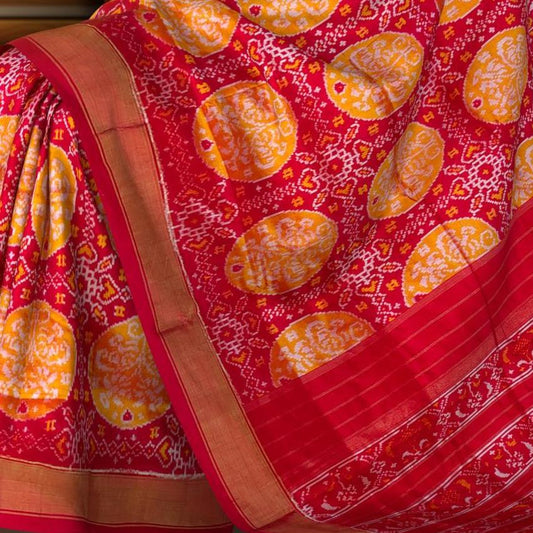
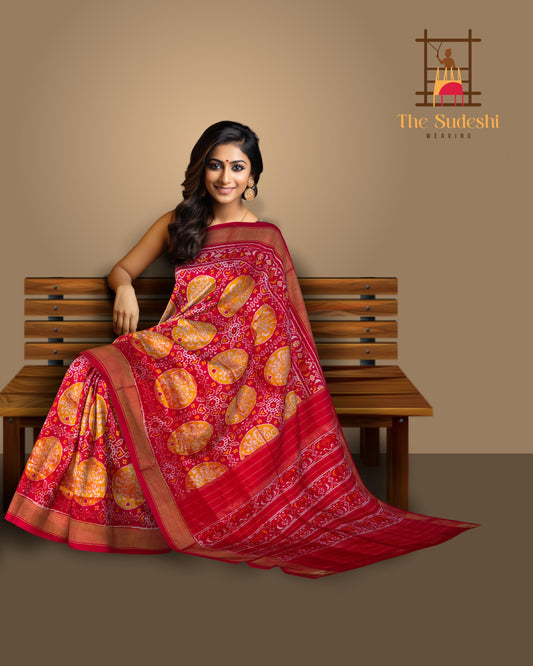
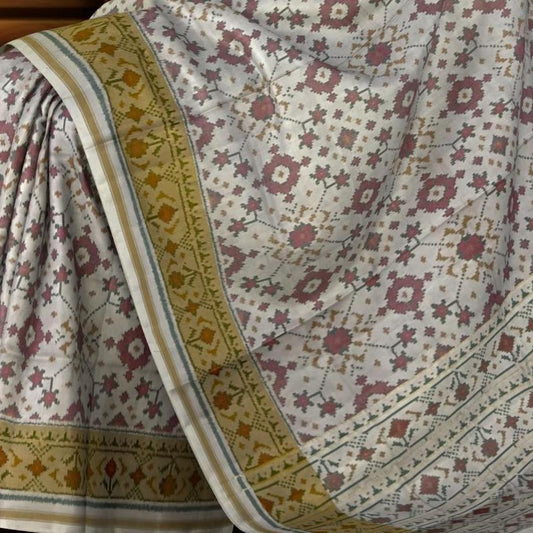
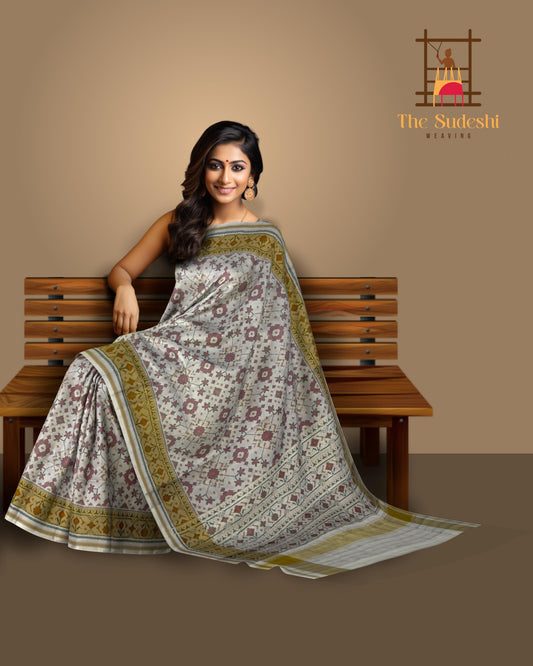
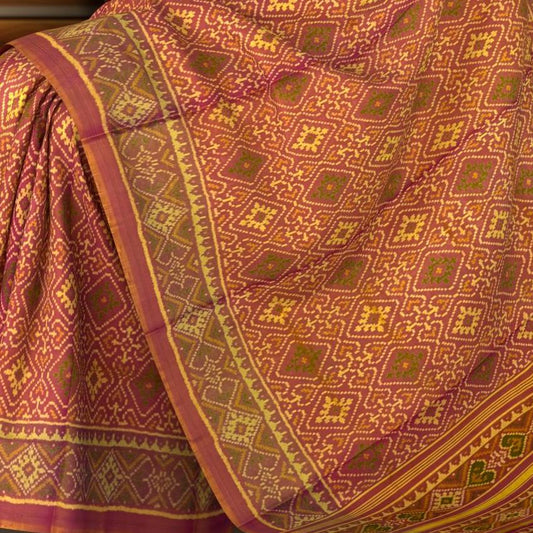
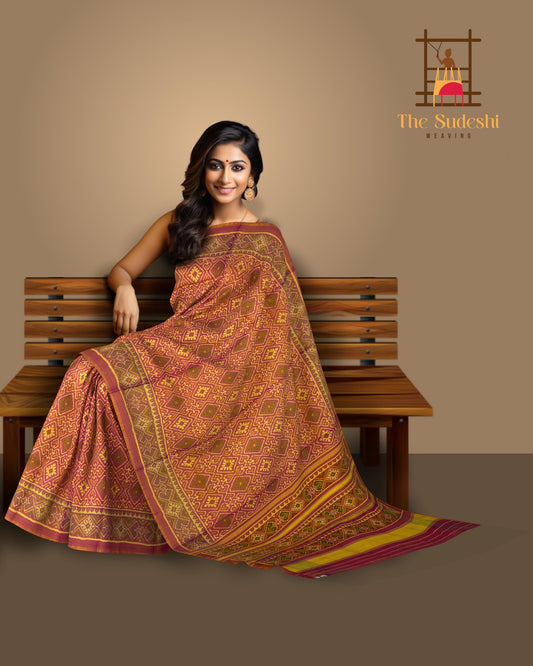
Leave a comment
Please note, comments need to be approved before they are published.